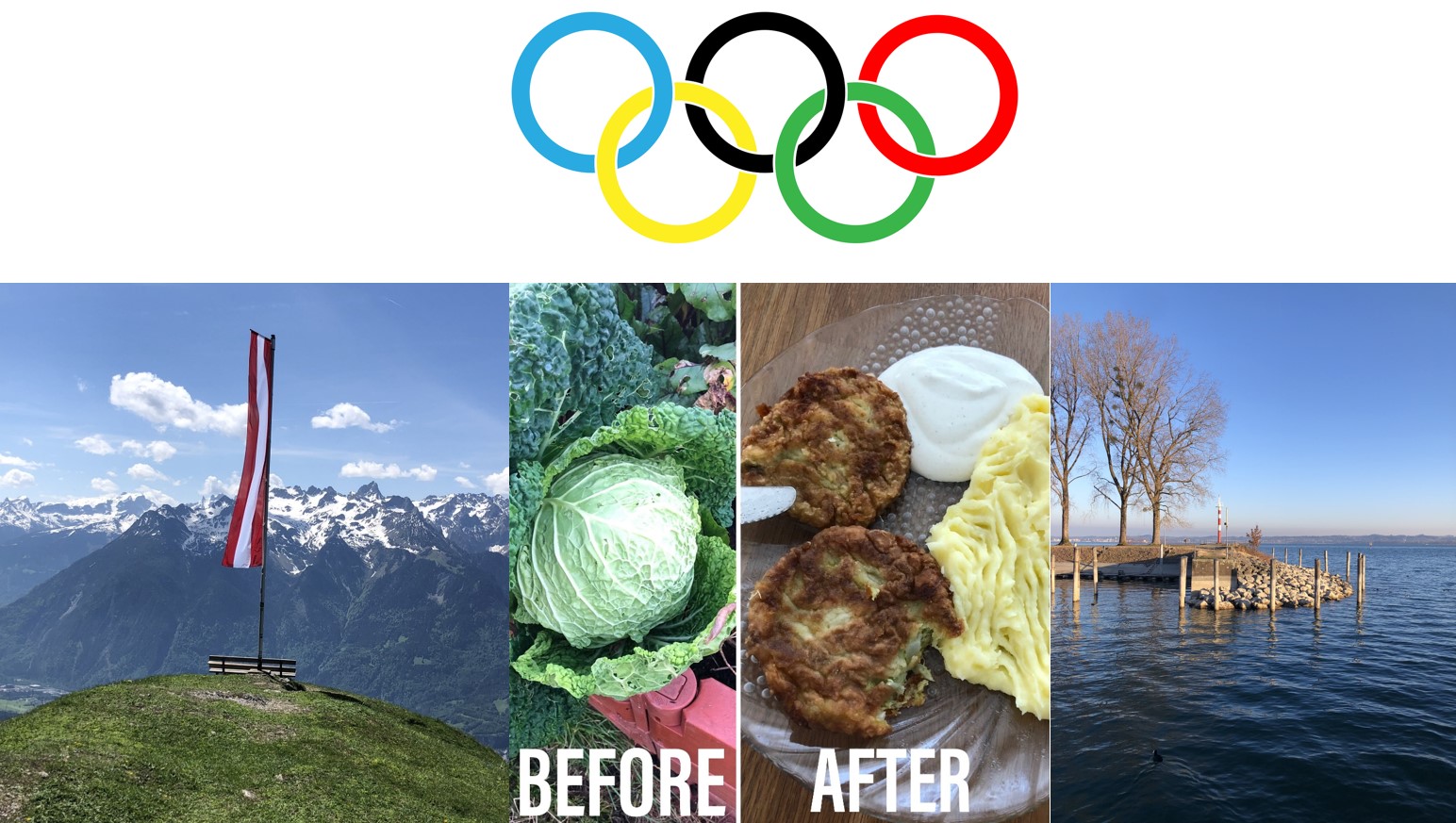Sport, healthy food, nature and environment, we all are passionate about. We all are on a journey to find out how to bring all of those passions in one balanced midpoint. Last years is seen importance of protecting our Nature that we can handover this heritage for the next generations with Peace of Mind. Nature as we have lived it, has changed. Also sport has changed.
“Climate Change impacts sport as well.”
Olympic and Paralympic winter Games in Beijing has recently finished. All athletes are our heroes we like to be. Not only because their performance, but because their dedication, drive, perseverance, and action to become one of the best. They are the symbol of being sporty, active and living a healthy life. Additionally, they follow Pierre de Coubertin quote “The important thing in the Olympic Games is not winning but taking part, just as in life, what counts is not the victory but the struggle.” Therefore, they became our heroes. We respect them, and they could really represent the midpoint of our passions or rather mindset.
According recently published scientific study, the International Olympic Committee recognizes the risks of having not sufficient weather conditions (too cold or too warm) for Winter Olympic Games. Those are coupled with accelerating climate change and continues growth of the global emission as it did last two decades. If no action in climate change will be taken, only four host cities from the past 21 Olympic Winter Games would be capable to host the winter Olympic Games in 2050. In 2080, only one host city would be able to host the Games under fair and safe conditions again, according elite athletes and their coaches.
This is an example about the need to accelerate mitigation of the climate change because it is affecting quite many areas of our life including winter snow sports. For example, it is also seen in the local glaciers in Silvretta, Europe, Austria, Eastern Alps, shared by Vorarlberg and Tirol. These lost already some 46 meters of glaciers.
It clearly shows that the climate change impacts the sport world and that there is a need to mitigate the climate change. We all are wearing clothes and shoes also during sport and any kind of activity. Textile supply chain (from raw material to ready-made products) – clothes, shoes or household textiles – is directly or indirectly involved.
Reduce overconsumption, waste and resources
This is valid for food but also for textiles.
Clothes, household textiles and shoes lifespan can be longer. According the World Bank and the Ellen MacArthur Foundation the current situation is as follows:
- 87 % of fibres input is incinerated (burned; in Sweden 50% of garbage is used to get heating energy) or ends in a landfill.
- 93 billion cubic meters of water is used by industry — enough to meet the consumption needs of five million people.
- Depletion of resources is tremendous – 20 % of wastewater worldwide comes from fabric dyeing and treatment.
- Today, 62 % of all fibres are synthetic made of fossil-fuel, less than 1% of synthetic fibre used in fashion is from recycled sources.
- Microfibres – more than 0.5 million tonnes of fossil-fuel plastics enter the environment every year which is equivalent of 50 billion plastic bottles.
What little can each of us do? There is a plenty of guides available but what really matters is just to start and keep going and every time a new little task to bring in.
- Buy less buy wisely
- Research about the brand you want to buy what path they follow to reduce footprint – identifying material alternatives and using processes they . The clothes should be chosen from fossil-free materials or next generation materials like those made from plant-derived materials either virgin or waste/byproduct matter (cellulose, algea, seaweed, juice waste), wool from sheep or alpaca, mycelium which is root-like structured fungi, biopolymers and proteins derived from fermentation processes like sugarcane, castor beans.
- Buy only what you need, 40% of bought clothes and shoes are never used
- Repair clothing – some brands already offer such a service
- Get creative – combine garments to recycle them after they will not be worn anymore
- Consider smartly to laundry your clothes
- Transform your transport – transportation accounts for approximately a quarter of all greenhouse gas emissions

